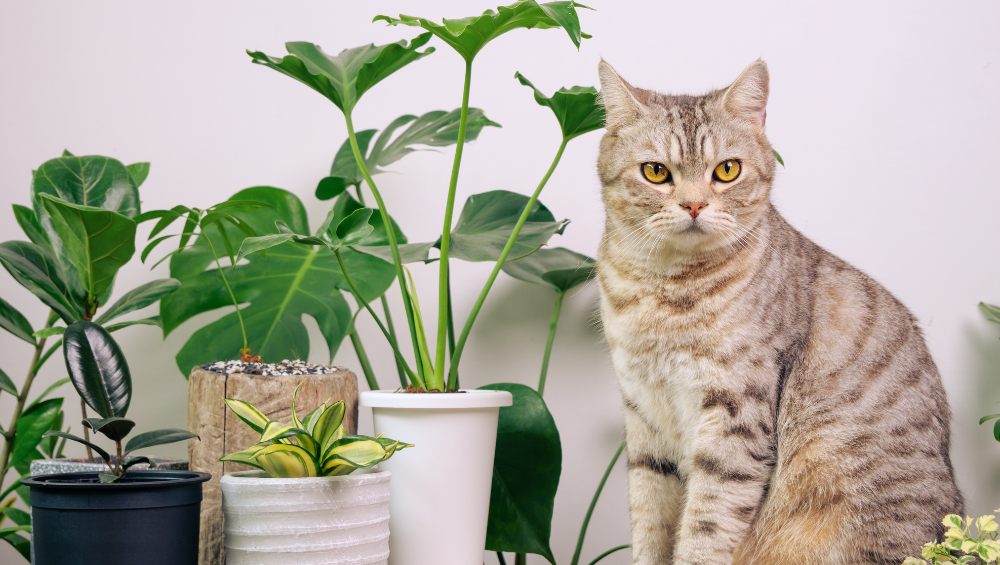An exciting and gratifying experience is bringing a new puppy home. Even the hardest hearts can be softened by their wagging tails, limitless energy, and innocent eyes. But with all that cuteness comes the requirement for appropriate training. To make sure that your furry friend develops into a well-behaved, joyful, and obedient companion, basic puppy training is imperative.
We’ll walk you through the fundamentals of puppy training in this manual, giving you insightful advice and helpful hints to make the process as efficient and effective as possible. Let’s get going!
How to Understand Your Puppy: It’s critical to comprehend your puppy’s needs and behavior before you start training. Puppies go through different developmental phases, and every breed has distinct qualities. Spend some time developing a close relationship with your puppy, because successful training is based on trust and positive reinforcement.
Developmental Stages: Puppies go through stages like adolescence, the teething stage, and the socialization stage. Understanding these phases will enable you to adjust your training strategy to meet their changing needs.
Breed-specific Considerations: The tendencies and levels of energy vary among the various dog breeds. Your training plan will be more effective if you are aware of the breed-specific traits of your puppy.
Creating a Strong Bond: The most important thing is to build a solid, loving bond with your puppy. Your relationship will be strengthened by positive reinforcement techniques like treats and praise.
Getting Ready for Training
The right planning is the first step in effective puppy training. Make sure you have everything you need, and set up a secure training space. To avoid disappointment, it’s also essential to set reasonable expectations.
Gather the necessary training tools and supplies, such as treats, a leash, collar, crate, and training toys.
Making a Safe Training Environment: Make sure your training area is clear of hazards and distractions. The best environment for initial training is a calm, regulated one.
Setting Reasonable Expectations: Bear in mind that puppies learn things more slowly than toddlers do. Be patient and keep your expectations for your puppy’s development in check.
Basic Training Principles:You must comprehend a few fundamental concepts if you want to successfully train your puppy.
Punishment vs. Positive Reinforcement: Positive reinforcement, like treats and praise, is more efficient and compassionate than punitive measures. Instead of punishing bad behavior, reward good behavior.






